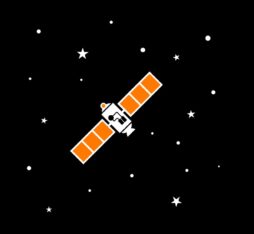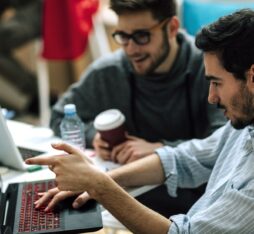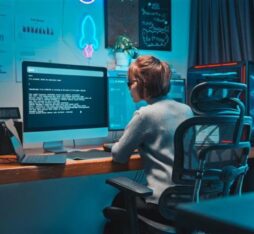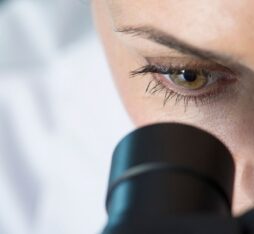The Artificial Intelligence for Agriculture in Africa (3A) project aims to make the benefits of satellite imaging and AI available to all farmers for more efficient and eco-friendly agriculture in Africa. The olive oil industry is key in Tunisia, a country in which Orange already operates. That is why the project has focused on this industry, where the main challenge is monitoring abnormalities in olive groves and detecting them ahead of time.
ZitApp, the first fruit of a project aimed at helping farmers to monitor their land and detect diseases early.
Earlier Detection, Closer to the Olive Trees
“The goal is to help and support small-scale farmers to address the pressure that climate change is exerting on their output,” explains Catherine Vivens, Functional Architect at Orange. The project bore its first fruits with the launch of ZitApp, an app designed to help farmers monitor their land. It uses satellite data with the help of deep learning technologies to identify any abnormalities and notify farmers, who can then visit the problem area to perform a diagnosis as close to the olive trees as possible. Once on the ground, the app supports farmers via a questionnaire, and they have the option of taking photos to analyze the problem and its root cause. Before developing the app, we started with field research to ascertain farmers’ needs and the realities they are facing, while the questionnaire was developed in partnership with the Institut de l’Olivier (Olive institute) in Tunisia. The challenge of early detection is all the more crucial for the olive oil industry. This sector is particularly troubled by Verticillium wilt, which is a common disease sometimes linked to inappropriate cultivation practices, and fears the arrival of the new harmful bacterium, Xylella fastidiosa.”
The app also offers advice and information on prevention to guide farmers as they change their cultivation practices in the face of the challenges posed by climate change.
A Wider Range of Data
The service is unique in that it combines remote sensing via satellite imaging with AI, and applies this to a wide range of data. “When it comes to AI, the challenge is having a large volume of data with which to feed the models,” explains Ahmed Ben Ali, Research and Innovation Director at Sofrecom Tunisia. “Here, we rely not only on data from satellites specialized in soil monitoring (such as Sentinel-2A, Sentinel-2B and Pléiades) but also on other types of data, such as climate, scientific, agronomic and empirical data. In addition, we have drawn on the expertise of the CRNS (Centre de Recherche en Numérique de Sfax — Digital Research Centre of Sfax) with regard to using AI with remote sensing images. The solution brings together several segmentation and detection algorithms, such as Mask R-CNN, and also leverages different types of AI. The end goal is to achieve an AI that is as decentralized as possible and situated as close to farmers as possible.”
Accessibility and Proximity with Edge Computing
Stemming from this, the project aims to improve the accessibility of technology on the ground. However, operating this service requires connectivity that is not always guaranteed in the field. To remedy this, the 3A team is studying how to take intelligence out of data centers and place it into the hands of small-scale farmers with the help of Edge Computing. This would mean extending Orange’s network so that it’s closer to the farmers, while designing a suitable device that has the necessary computing power to run the AI. In the same spirit of accessibility and widespread adoption, the project will also focus on ways of tailoring the solution to small-scale farmers, for example by rolling out the solution via online messaging or social media.











